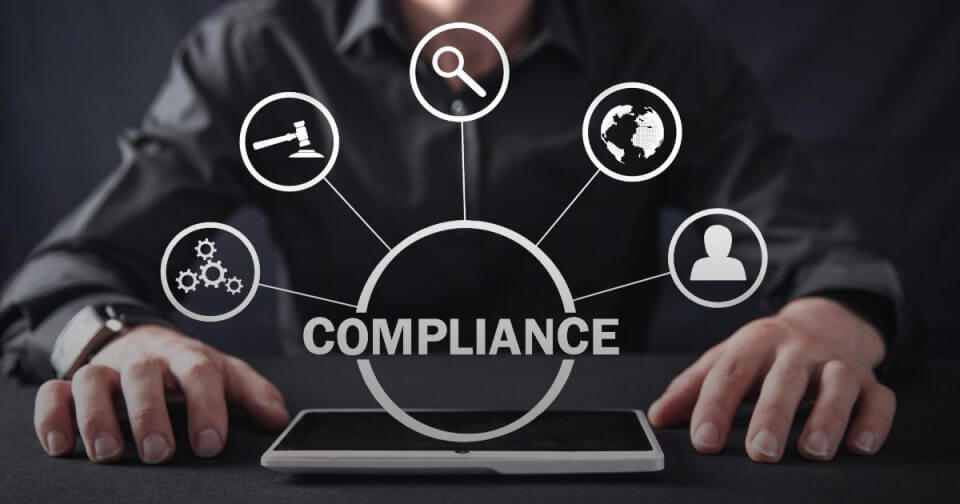
How Vendor Managed Inventory (VMI) Strengthens Supply Chain Resilience and Collaboration
To optimize inventory management, retailers and suppliers are increasingly turning to Vendor Managed Inventory (VMI) tools that transfer the responsibility…
Generix Ushers in a New Era of Intelligent Commerce for Retailers with AI-Driven Innovation Read the press release

EDI compliance involves adhering to established EDI standards and protocols that dictate how data is formatted and exchanged. Compliance ensures that all parties involved in electronic transactions use a common language and formats, facilitating seamless data integration across diverse systems.
EDI standards are crucial as they provide specific rules for formatting EDI documents. Commonly used standards include:
These standards help ensure that EDI documents conform to a universal format, making them understandable and processable by different systems globally.
EDI Requirements typically involve detailed guidelines on how data should be formatted and exchanged among trading partners. These requirements ensure that all parties use a consistent format, which is crucial for the automated processing of transactions. Adherence to these guidelines not only enhances operational efficiency but also ensures compatibility across different systems.
Implementing EDI Compliance involves several critical steps:

Adhering to EDI compliance helps businesses streamline their operations in several ways:
Standardizing the exchange of information allows businesses to automate processes such as order entry, invoicing, and payment processing. This automation reduces manual labor, minimizes errors, and speeds up transaction cycles, leading to more efficient business operations.
Reliable and consistent EDI practices foster trust among trading partners. Compliance ensures that transactions are accurate and timely, which is critical for maintaining strong business relationships. This reliability can lead to more stable and long-term collaborations.
Many industries are governed by strict regulations that dictate how data must be handled and protected. EDI compliance helps businesses meet these legal requirements, thereby avoiding potential fines and legal issues. Compliance ensures that businesses can prove they are handling transactions securely and responsibly, which is crucial for industries such as healthcare and finance.
Achieving EDI compliance comes with its set of challenges, including:
EDI compliance is crucial for businesses looking to improve their transaction processes and maintain good relationships with trading partners. While there are challenges in implementing and maintaining EDI compliance, the benefits of enhanced efficiency, accuracy, and regulatory adherence make it a worthwhile investment for businesses aiming to optimize their operations.

To optimize inventory management, retailers and suppliers are increasingly turning to Vendor Managed Inventory (VMI) tools that transfer the responsibility…

In an ever-evolving logistics environment, agile and precise warehouse resource management is essential to remain competitive. With increasing volumes driven…

France’s electronic invoicing reform relies on a Y-architecture, where Partner Dematerialization Providers (PDPs) play a central role in issuing and…

Work with our team to build your ideal supply chain software stack and tailor it to your unique business needs.